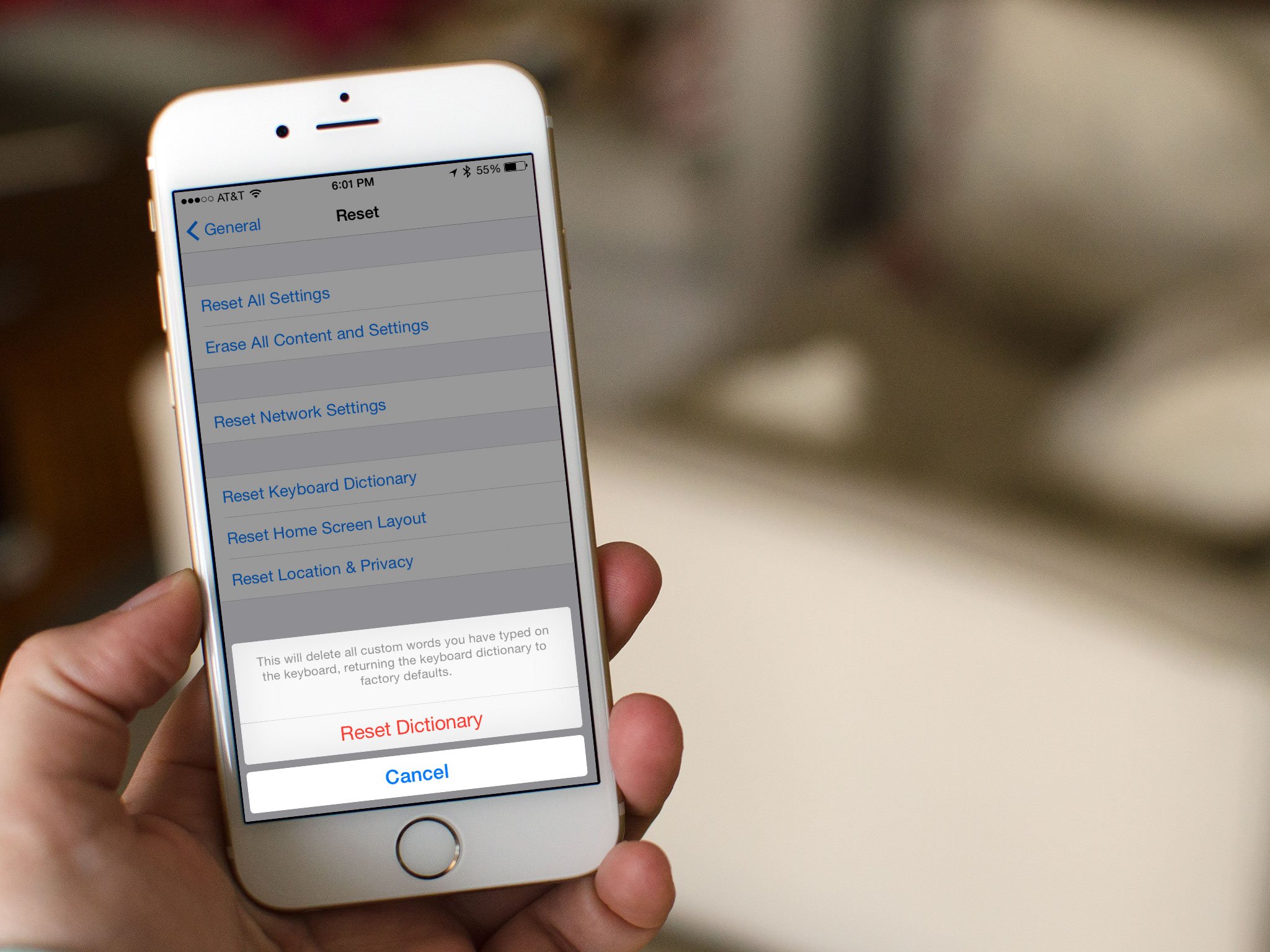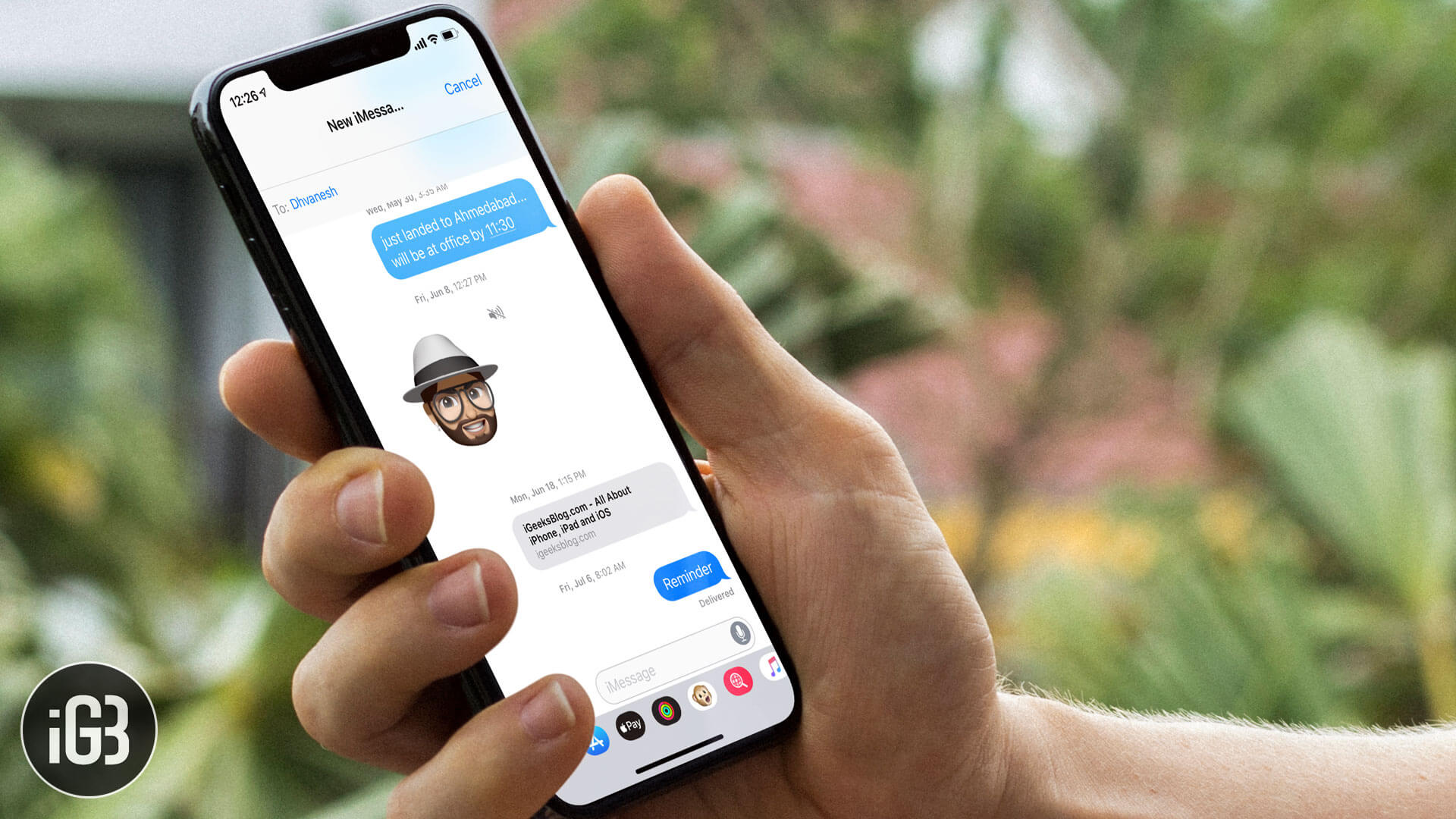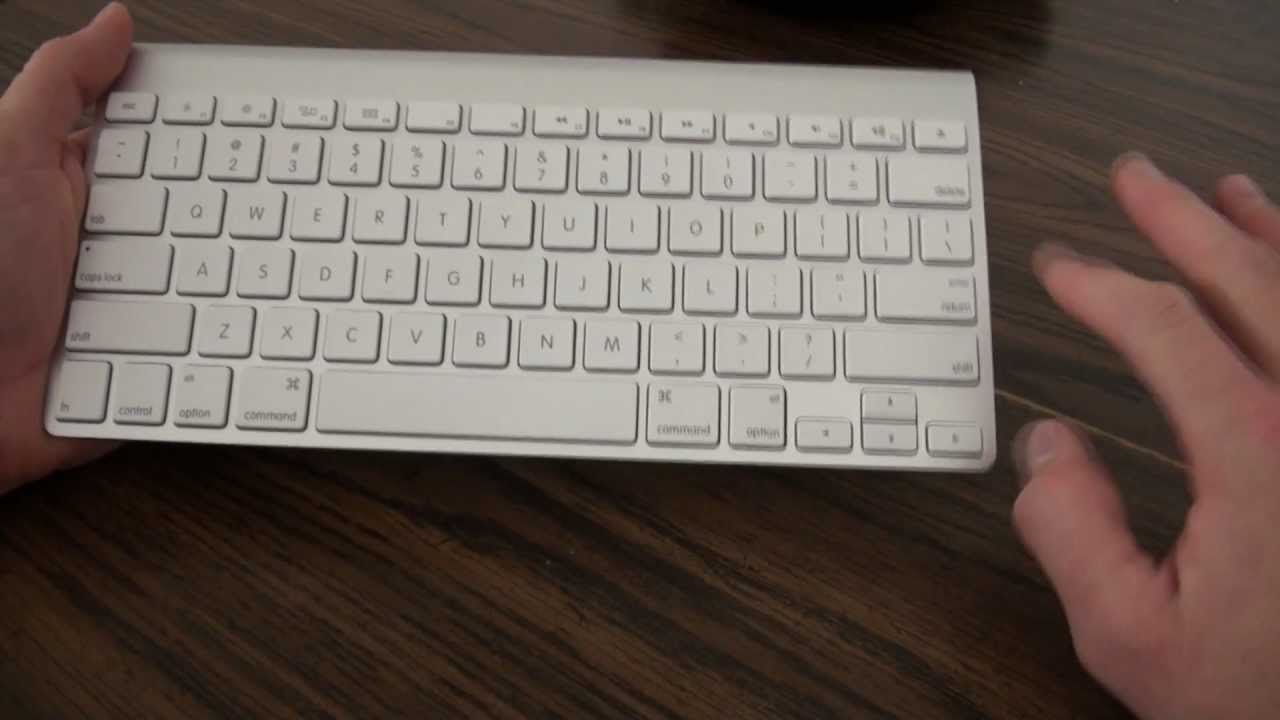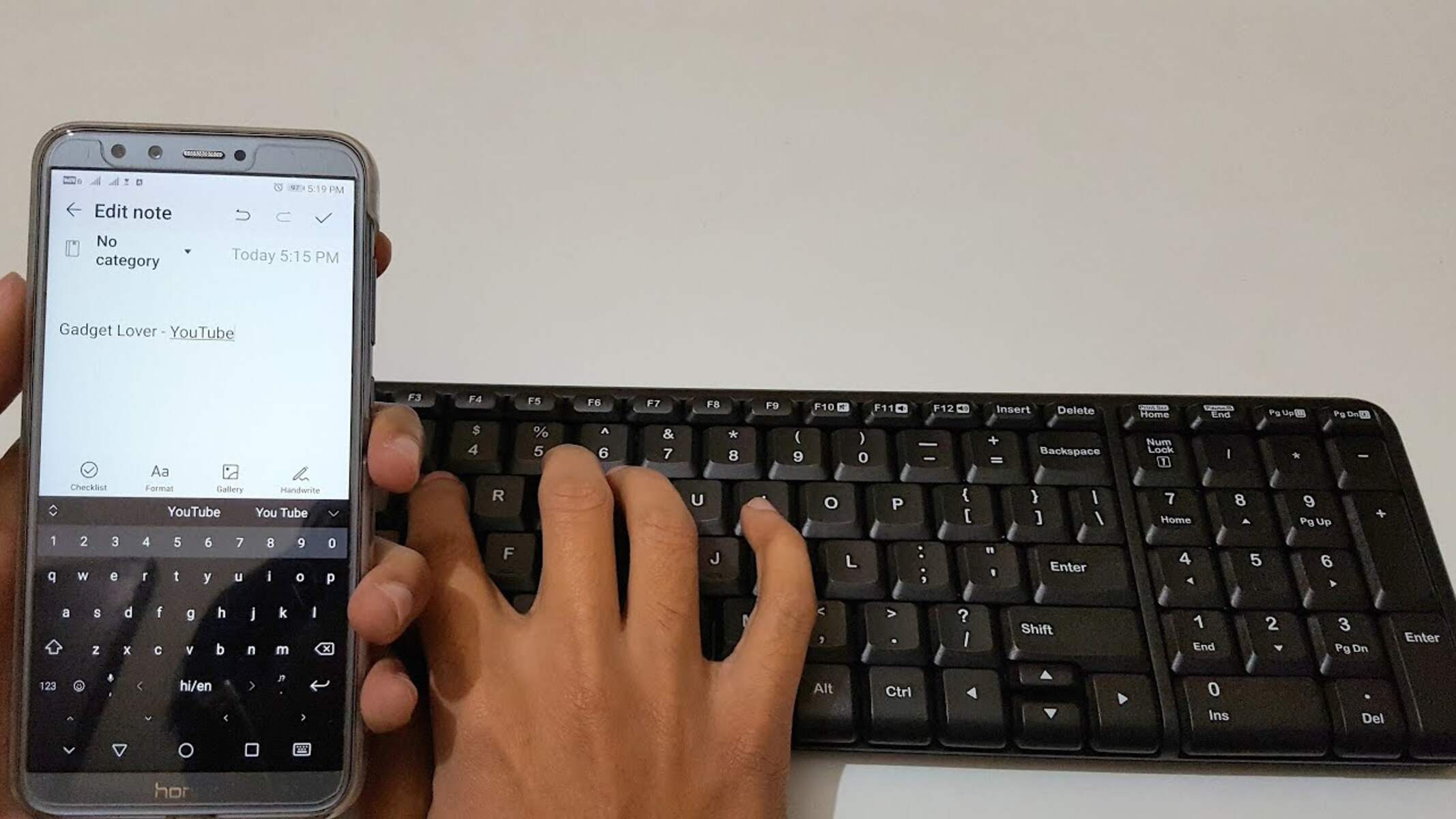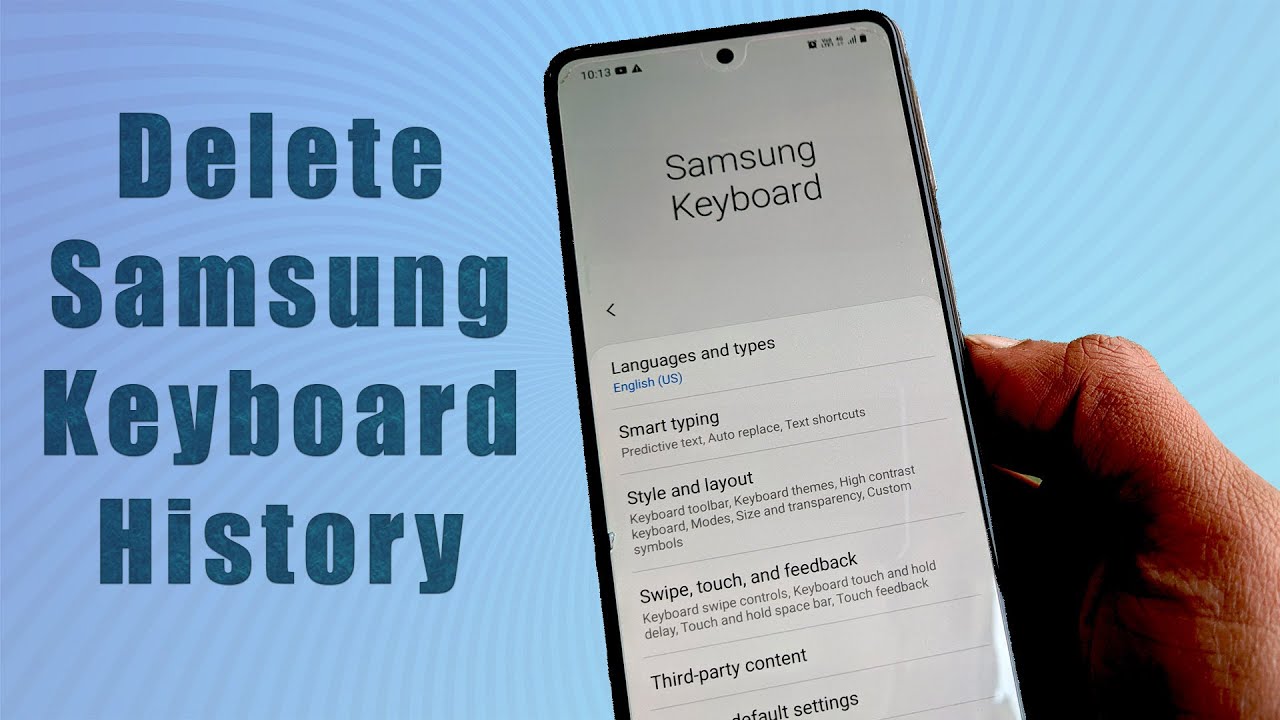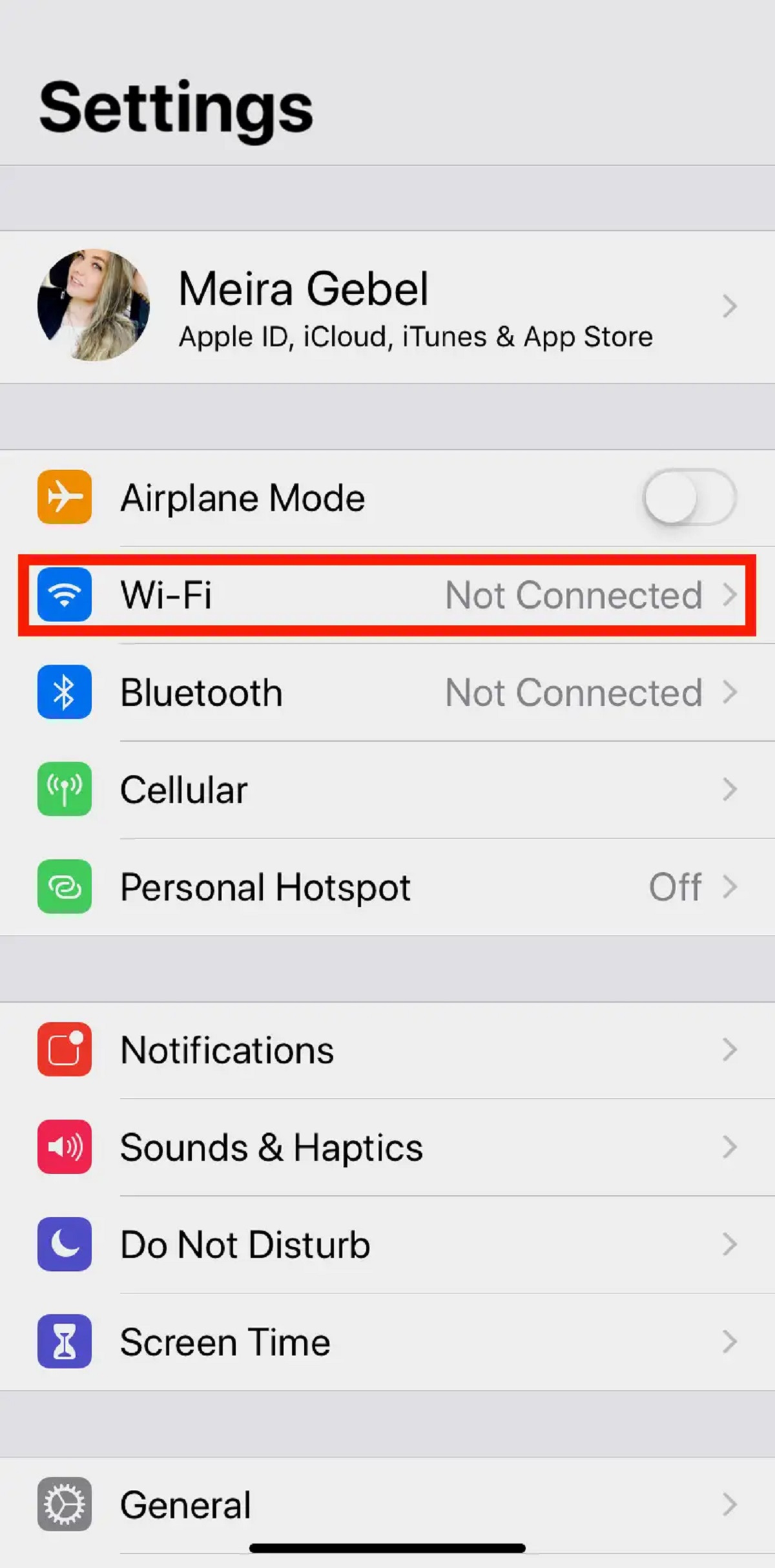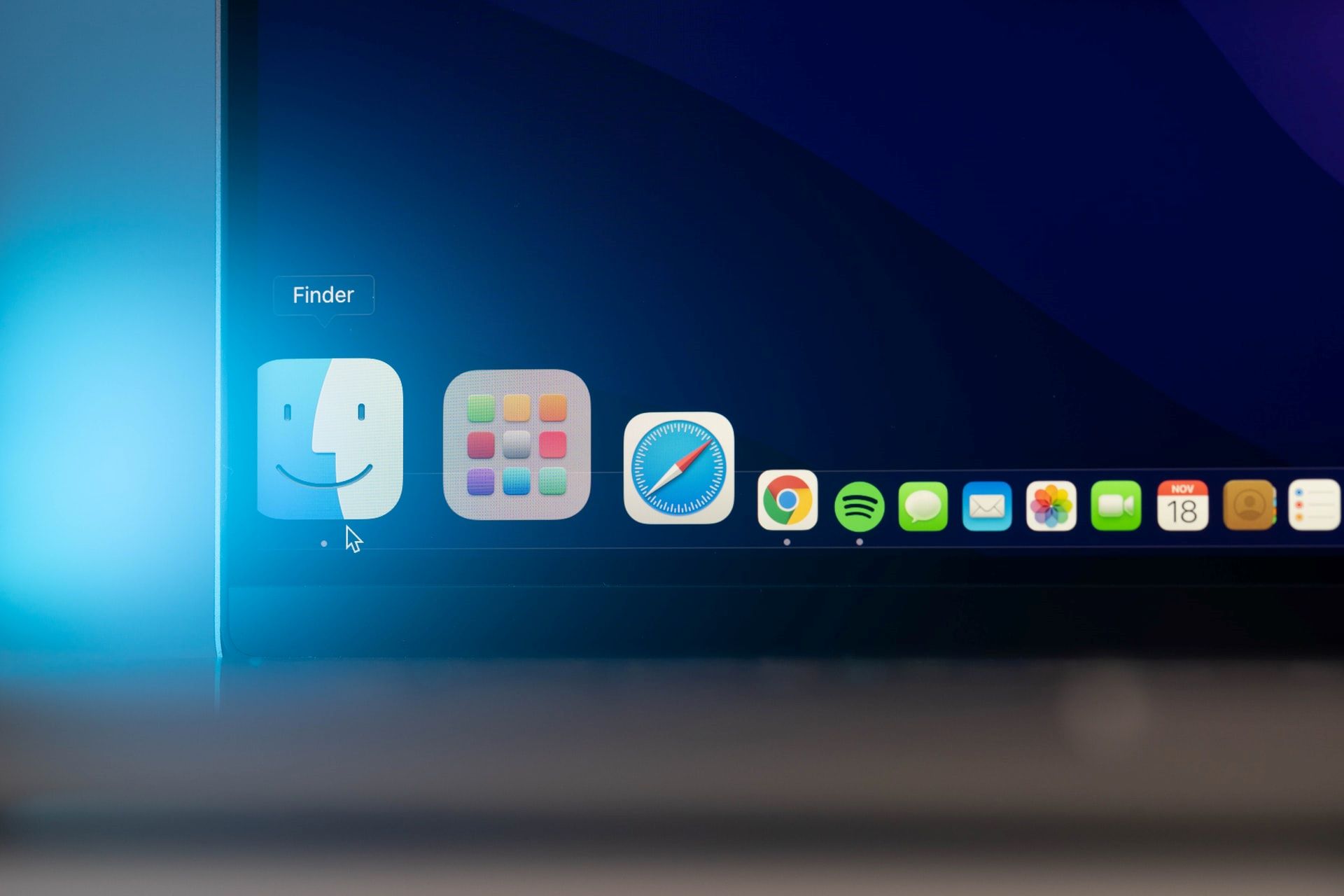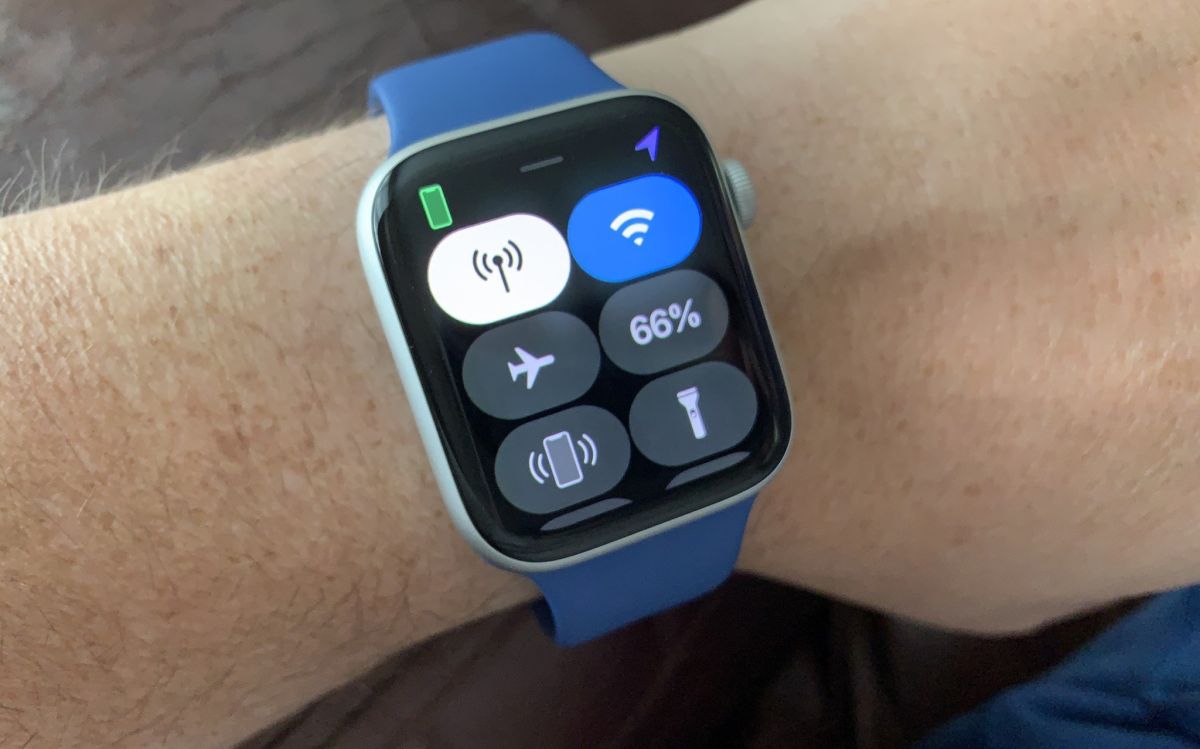Introduction
Have you ever experienced frustrating typing errors, autocorrect mishaps, or unresponsive keys on your iPhone’s keyboard? If so, you’re not alone. The keyboard is one of the most essential features on your iPhone, allowing you to communicate, browse the web, and use various apps.
Fortunately, there are solutions to fix these issues, and one of them is resetting your iPhone keyboard. Resetting your keyboard can help resolve software glitches and errors that may be affecting its performance, allowing you to type smoothly and accurately once again.
In this article, we will guide you through the steps to reset your iPhone keyboard. Whether you’re using an iPhone SE, iPhone X, or any other model, these steps can be applied across different versions of iOS.
Please note that resetting the keyboard will not affect any of your data or settings. It only resets the keyboard settings to their default state. So, let’s dive in and learn how to reset your iPhone keyboard.
Why reset your iPhone keyboard?
There are several reasons why you might consider resetting your iPhone keyboard. Here are a few of the most common situations where a keyboard reset can be beneficial:
1. Sudden changes in keyboard behavior: If you notice that your iPhone’s keyboard has started behaving erratically, such as autocorrect making incorrect suggestions or keys becoming unresponsive, resetting the keyboard can help resolve these issues.
2. Typing errors and autocorrect mishaps: Sometimes, the autocorrect feature can be more of a hindrance than a help, constantly changing your intended words. By resetting the keyboard, you can clear the autocorrect dictionary and start fresh, reducing the chances of further typing errors.
3. Unwanted suggestions: As you use your iPhone’s keyboard, it learns from your typing habits and offers suggestions based on your writing patterns. However, if you notice that the keyboard is suggesting words or phrases that you don’t want or find inappropriate, resetting the keyboard can help remove these unwanted suggestions.
4. Language or keyboard layout changes: If you recently switched to a different language or keyboard layout and are experiencing difficulties with typing or the display of characters, resetting the keyboard can help resolve these issues.
5. General troubleshooting: Resetting the keyboard is often recommended as a troubleshooting step for various keyboard-related problems. It can help fix minor software glitches or conflicts that might be affecting the normal functioning of the keyboard.
By resetting your iPhone keyboard, you can restore it to its default settings, providing a fresh start and potentially resolving any issues you’ve been encountering while typing. It is a simple and effective solution that can save you from the frustration of dealing with a faulty or unresponsive keyboard.
Before you reset
Before you proceed with resetting your iPhone keyboard, there are a few things you should keep in mind:
1. Backup your data: While resetting your keyboard will not erase any of your data, it’s always a good idea to have a recent backup of your iPhone just in case. This way, you can restore your device to its previous state if any unexpected issues arise.
2. Check for software updates: Before resetting your keyboard, make sure that your iPhone’s software is up to date. Software updates often include bug fixes and improvements, which may already address the issues you are experiencing with the keyboard.
3. Restart your iPhone: Sometimes, a simple restart can resolve temporary glitches and improve the performance of your keyboard. Before taking the step of resetting the keyboard, try restarting your iPhone and see if the issue persists.
4. Consider third-party keyboard apps: If you’re not satisfied with the default keyboard on your iPhone, you may want to explore third-party keyboard apps available in the App Store. These apps offer additional features and customization options that can enhance your typing experience.
5. Understand the consequences: Keep in mind that resetting your keyboard will clear any customizations you have made, including added words to the dictionary and keyboard settings. Be prepared to set up your keyboard preferences again after the reset.
Once you have taken these precautions and considered the above points, you can proceed with resetting your iPhone keyboard. By doing so, you will have a fresh start with your keyboard settings, potentially resolving any issues you have been facing and allowing for smoother and more accurate typing.
Steps to reset your iPhone keyboard
Resetting your iPhone keyboard is a straightforward process. Follow these steps to reset your keyboard settings:
1. Open the Settings app: Locate the Settings app on your iPhone’s home screen and tap on it to open.
2. Select General: In the Settings menu, scroll down and tap on “General” to access the general settings options.
3. Tap on Reset: Within the General settings, scroll down and tap on the “Reset” option. This will open the reset options menu.
4. Choose Reset Keyboard Dictionary: In the reset options menu, tap on “Reset Keyboard Dictionary.” A confirmation window will appear.
5. Confirm the reset: In the confirmation window, tap on “Reset Dictionary” to confirm the keyboard reset. Your iPhone will reset the keyboard dictionary, removing any custom words and settings.
6. Restart your iPhone: After the reset is complete, it is recommended to restart your iPhone. Press and hold the power button until the power off slider appears, then swipe the slider to shut down your device. Once it is powered off, press and hold the power button again until the Apple logo appears, indicating that your iPhone is restarting.
7. Set up keyboard preferences: Once your iPhone has restarted, go to the Settings app and navigate to “General” > “Keyboard.” Here, you can customize various keyboard settings according to your preferences, such as enabling or disabling autocorrect, predictive text, and keyboard shortcuts.
Following these steps will allow you to successfully reset your iPhone keyboard. Remember to customize your keyboard settings based on your personal preferences after the reset, ensuring an optimal typing experience.
Option 1: Reset all settings
If resetting the keyboard dictionary alone doesn’t resolve your keyboard issues, you can try resetting all settings on your iPhone. Here’s how:
1. Open the Settings app: Launch the Settings app on your iPhone’s home screen.
2. Select General: Scroll down and tap on “General” to access the general settings.
3. Tap on Reset: Within the General settings menu, tap on “Reset.” This will open the reset options.
4. Select Reset All Settings: In the reset options menu, tap on “Reset All Settings.” A warning message will appear, informing you that this will reset all settings on your iPhone.
5. Confirm the reset: To proceed with the reset, enter your passcode or provide your Apple ID password if prompted. Then tap on “Reset All Settings” again to confirm your choice.
6. Wait for the reset: Your iPhone will begin the reset process, which may take a few minutes. During this time, your device may restart.
7. Set up your preferences: After the reset is complete, your iPhone will restart and return to its default settings. You will need to go through the initial setup process and reconfigure your preferences, such as Wi-Fi networks, display settings, and notifications.
It’s important to note that resetting all settings will not erase your data, such as apps, photos, or contacts. However, it will revert all customized settings back to their default state. This includes your keyboard settings, as well as other preferences like wallpaper, sound, and privacy settings.
Resetting all settings can be a more comprehensive solution if you’re experiencing multiple issues with your iPhone, beyond just the keyboard. It can help resolve software glitches and conflicts that might be affecting the overall performance of your device.
Once the reset is complete, you can set up your keyboard preferences again and resume using your iPhone with its default settings.
Option 2: Reset dictionary suggestions
If you’re primarily having issues with incorrect autocorrect suggestions or unwanted words in the predictive text feature, resetting just the keyboard dictionary can be a targeted solution. Follow these steps to reset the dictionary suggestions on your iPhone:
1. Open the Settings app: Locate the Settings app on your iPhone’s home screen and tap on it to open.
2. Select General: In the Settings menu, scroll down and tap on “General” to access the general settings options.
3. Tap on Reset: Within the General settings, scroll down and tap on the “Reset” option. This will open the reset options menu.
4. Choose Reset Keyboard Dictionary: In the reset options menu, tap on “Reset Keyboard Dictionary.” A confirmation window will appear.
5. Confirm the reset: In the confirmation window, tap on “Reset Dictionary” to confirm the reset of the keyboard dictionary. This will remove any custom words, autocorrect suggestions, and predictive text learned by your iPhone.
6. Restart your iPhone: After the reset is complete, it is recommended to restart your iPhone. Press and hold the power button until the power off slider appears, then swipe the slider to shut down your device. Once it is powered off, press and hold the power button again until the Apple logo appears, indicating that your iPhone is restarting.
Upon restarting, your keyboard dictionary will be reset to its default state. This means that it will no longer suggest personalized words or phrases based on your past usage. Instead, your iPhone will begin learning from scratch as you type, gradually adapting to your preferences and language usage over time.
Resetting the dictionary suggestions can improve the accuracy of autocorrect and predictive text on your iPhone keyboard, as it removes any incorrect or unwanted suggestions that may have been learned.
Remember to customize your keyboard settings to your liking after the reset, such as enabling or disabling autocorrect, predictive text, and other related features. This will help tailor your typing experience to your own preferences and needs.
Option 3: Restart your iPhone
One of the simplest and often effective ways to resolve minor issues with your iPhone’s keyboard is to restart your device. Restarting can help clear temporary software glitches or conflicts that may be causing keyboard problems. Here’s how you can restart your iPhone:
1. Hold the power button: Locate the power button on your iPhone. Depending on your iPhone model, it can be found on the top or side of the device. Press and hold the power button until the power off slider appears on the screen.
2. Swipe to power off: Once the power off slider appears, use your finger to swipe it from left to right. Your iPhone will begin shutting down.
3. Wait for the device to turn off: Allow your iPhone to fully power down. This may take a few seconds.
4. Turn on your iPhone: After your iPhone has turned off, press and hold the power button again until the Apple logo appears on the screen. This indicates that your device is restarting.
5. Unlock your iPhone: Once your iPhone has finished restarting, swipe up from the bottom of the screen or enter your passcode to unlock your device.
Restarting your iPhone can help refresh the device’s system processes and clear temporary caches, potentially resolving keyboard issues such as unresponsive keys or delays in typing.
If the keyboard problem persists after restarting, you can consider additional troubleshooting methods such as resetting the keyboard dictionary or resetting all settings, as mentioned in the previous options. However, restarting is always a good first step to try before moving on to more extensive troubleshooting.
By regularly restarting your iPhone, you can also help maintain its overall performance and ensure the smooth functioning of not just the keyboard but other features as well.
Remember to monitor your device and check if the keyboard issue is resolved after the restart. If not, you may need to explore other options or consult Apple Support for further assistance.
Option 4: Update your iOS
If you’re experiencing persistent keyboard issues on your iPhone, it’s worth considering whether your device’s iOS software is up to date. Updating your iOS can help resolve known bugs, software glitches, and compatibility issues that may be impacting the performance of your keyboard. Here’s how you can check for and install any available iOS updates:
1. Open the Settings app: Locate the Settings app on your iPhone’s home screen and tap on it to open.
2. Select General: In the Settings menu, scroll down and tap on “General” to access the general settings options.
3. Tap on Software Update: Within the General settings, tap on “Software Update.” Your iPhone will check for any available updates.
4. Download and install the update: If an update is available, tap on “Download and Install.” You may need to connect to Wi-Fi and have sufficient battery life to proceed with the update. Follow the on-screen prompts to initiate the update process.
5. Enter your passcode: If prompted, enter your device passcode to authorize the download and installation of the update.
6. Wait for the update to complete: Your iPhone will begin downloading and installing the update. This process may take some time, depending on the size of the update and your internet connection speed. Ensure that your device is connected to a stable Wi-Fi network and keep your iPhone charged or connected to a power source during the update.
Updating your iOS can not only fix keyboard-related issues but also bring new features, improved security, and overall performance enhancements to your iPhone. It’s generally recommended to keep your device’s software up to date to ensure optimal functionality.
After the update is complete, your iPhone will restart, and you can check if the keyboard issues have been resolved. If not, you may need to explore other troubleshooting options or contact Apple Support for further assistance.
Remember to regularly check for and install any available iOS updates to stay up to date with the latest improvements and bug fixes for your iPhone’s software.
Final thoughts
Resetting your iPhone keyboard can be a valuable solution if you’re facing issues with typing errors, autocorrect mishaps, or unresponsive keys. By following the steps outlined in this guide, you can easily reset your keyboard and restore it to its default settings.
Before you proceed with the reset, it’s important to consider backing up your data and checking for software updates. Additionally, restarting your iPhone can sometimes resolve minor keyboard issues without the need for a full reset.
If you’re experiencing problems beyond just the keyboard, such as overall sluggishness or app crashes, resetting all settings or updating your iOS may be beneficial. These options can help address a wider range of software-related issues.
Remember, resetting your keyboard or other settings will not erase your data. However, it is a good practice to have a recent backup of your iPhone just in case.
Ultimately, the aim of resetting your iPhone keyboard is to improve your typing experience and restore smooth and accurate functionality. By following the steps mentioned in this guide, you can troubleshoot keyboard issues effectively and get back to enjoying seamless typing on your iPhone.







